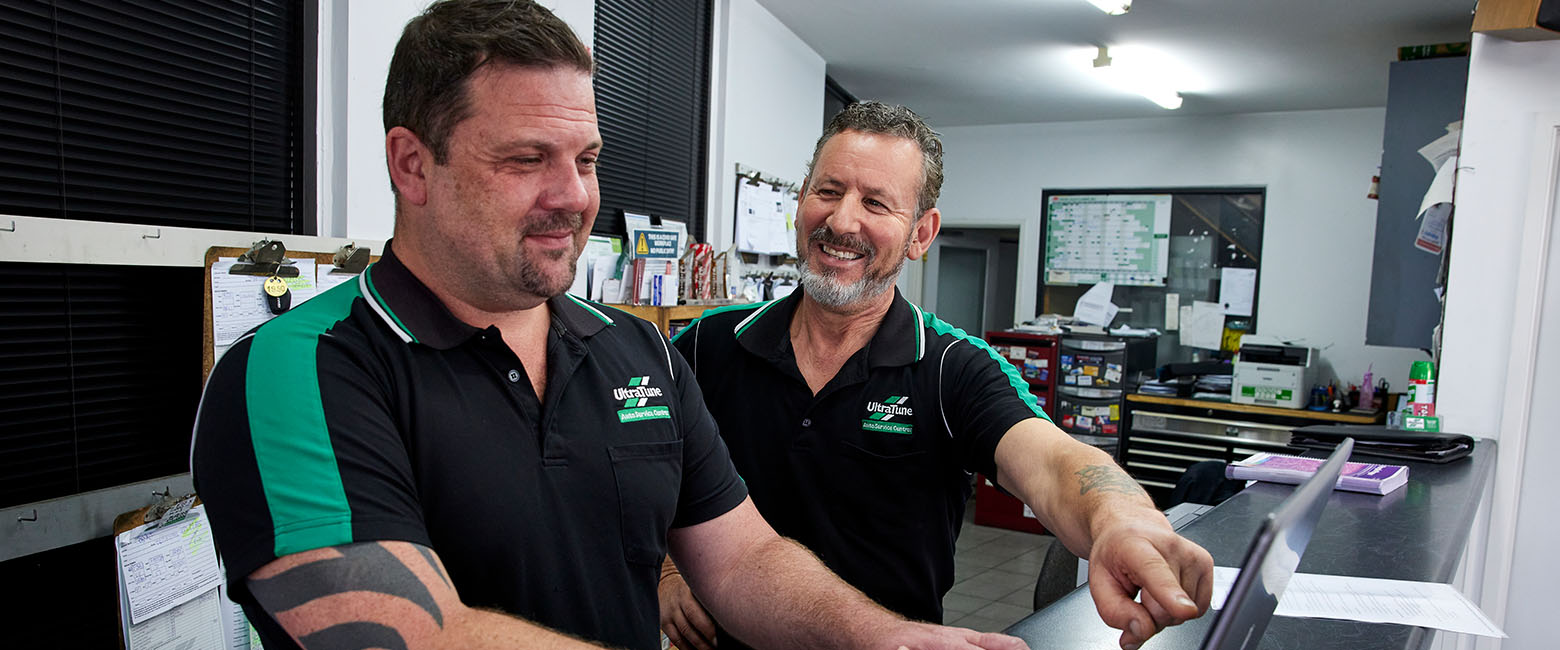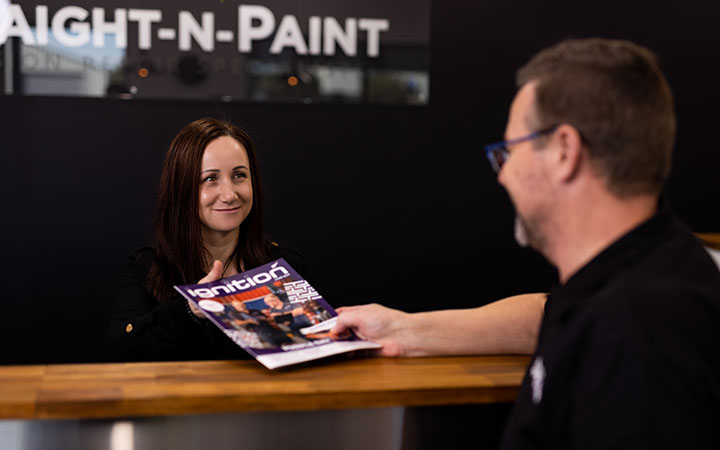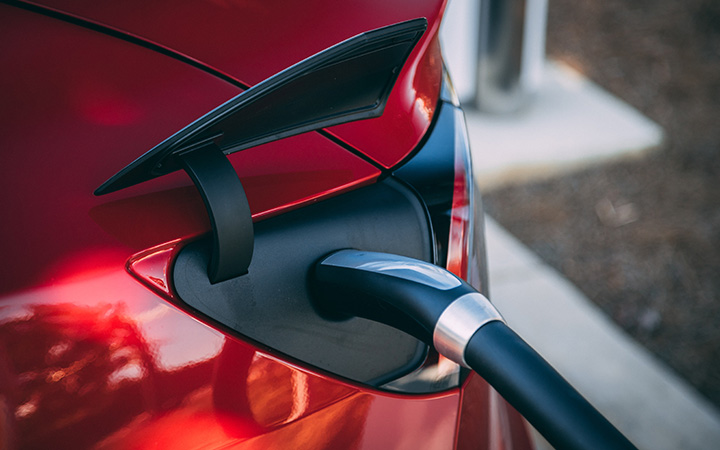How do your customers feel when they drive out of your forecourt? What’s their enduring impression of you, your staff, your business and the service you gave them?
Whatever that impression is, it could well determine not only whether they’ll ever come back but what they tell other people about you. How confident are you of a recommendation?
But here’s a curveball for you: What if the customer left the forecourt happy, but they later on became unhappy with service you provided? Perhaps a problem came back, or a new one developed, and they were so unhappy they took their car to another garage instead.
That’s exactly why follow-up customer service is so important.
If you rely on word of mouth, follow-up customer service is vital
Capricorn’s major annual survey, State of the Nation, found 78 per cent of Members rely on word-of-mouth recommendations as their primary method of marketing and promotion.
Under these conditions, keeping in touch with your customers to make sure they’re happy, long after they’ve left the forecourt, is key.
We spoke to Perth-based customer service expert Chris Smoje to get some simple tips for excellent follow-up customer service.
Let the customer know you’ll follow up with them
“We have to be aware that when a customer drives out of the dealership, that’s when a problem might potentially come back, or another problem might be noticed,” Chris said. “Recognise that there is a need to follow up.”
When you’re handing the keys back to the customer, let them know to contact you right away if anything goes wrong, or if a problem returns, and tell them that you’ll be in touch in two days’ time to check how the vehicle is going.
Ask the customer what kind of follow-up they would like
Not everyone appreciates a phone call. Many people prefer a text, for example. Chris said to ask the customer, when you’re handing their keys back, how they’d like you to contact them for the follow-up.
“In general, though, I would always think that a call is probably best, if you tell them in advance that you will be calling,” Chris said.
Ask the customer if there is anything they forgot
Chris recommends using your follow-up call to ask the customer if there’s anything they forgot to ask you to fix. He said while the customer is unlikely to want the hassle of returning to the workshop anytime soon if the job is not urgent, it does mean you can make a note on their file that their heated car seats aren’t working, for example, so you can fix them next time.
Don’t just ask for feedback or a review
While feedback and reviews are important, your follow-up should not just be an emailed customer service questionnaire or a link to fill out a Google Review. When you send those, the conversation is about you, not the customer and their vehicle. Your follow-up call should be about solving the customer’s problems.
Chris said the questions you ask in your follow-up call should go something like this:
- “Is everything that we said we’d fix fixed?”
- “Is there anything else you’ve noticed or remembered that we could help you with?”
- “Were you happy with our service or was there anything we could have done differently?”
Don’t assume the customer is happy just because they don’t complain
How often do you receive bad service or poor-quality goods and, rather than complain, quietly decide never to use that business again?
“Don’t assume that because a customer didn’t call, they were happy,” Chris said. “Not hearing from a customer is not always bad, but it’s not always good, either.”
That’s why follow-up calls matter so much.
If you go to voicemail, leave a message
Many people simply won’t answer the phone when it rings. Perhaps they’re busy. Maybe it’s just their call answering policy if they don’t recognise the number. Whatever the reason, if you go to voicemail, Chris recommends leaving a message.
He recommends something like:
“Hi [customer name], it’s [your name] from [workshop name]. I just called you today to ask you two things about your car:
- Did we do everything we should have done?
- Is there anything else that’s come up that we can help you with?
I’m sorry I’ve missed you. Call me back if I can help. I’ll try again in two days’ time.”
Chris said to try making the call one more time (twice in total) and then leaving it, whether you connect or not.
Don’t forget to say thank you
No doubt you already say thank you to your customers all the time, but consider finding extra-special ways to thank customers for their loyalty.
What that might be will depend entirely on your business, your customer profile, the area you’re in, the size of your business, the relationships you have with other businesses in your area, and any number of variables, but, for example, you could send them a voucher for 10% off car detailing, or a discount on their next service.
Want to know more?
Download the full State of the Nation 2021 report.


